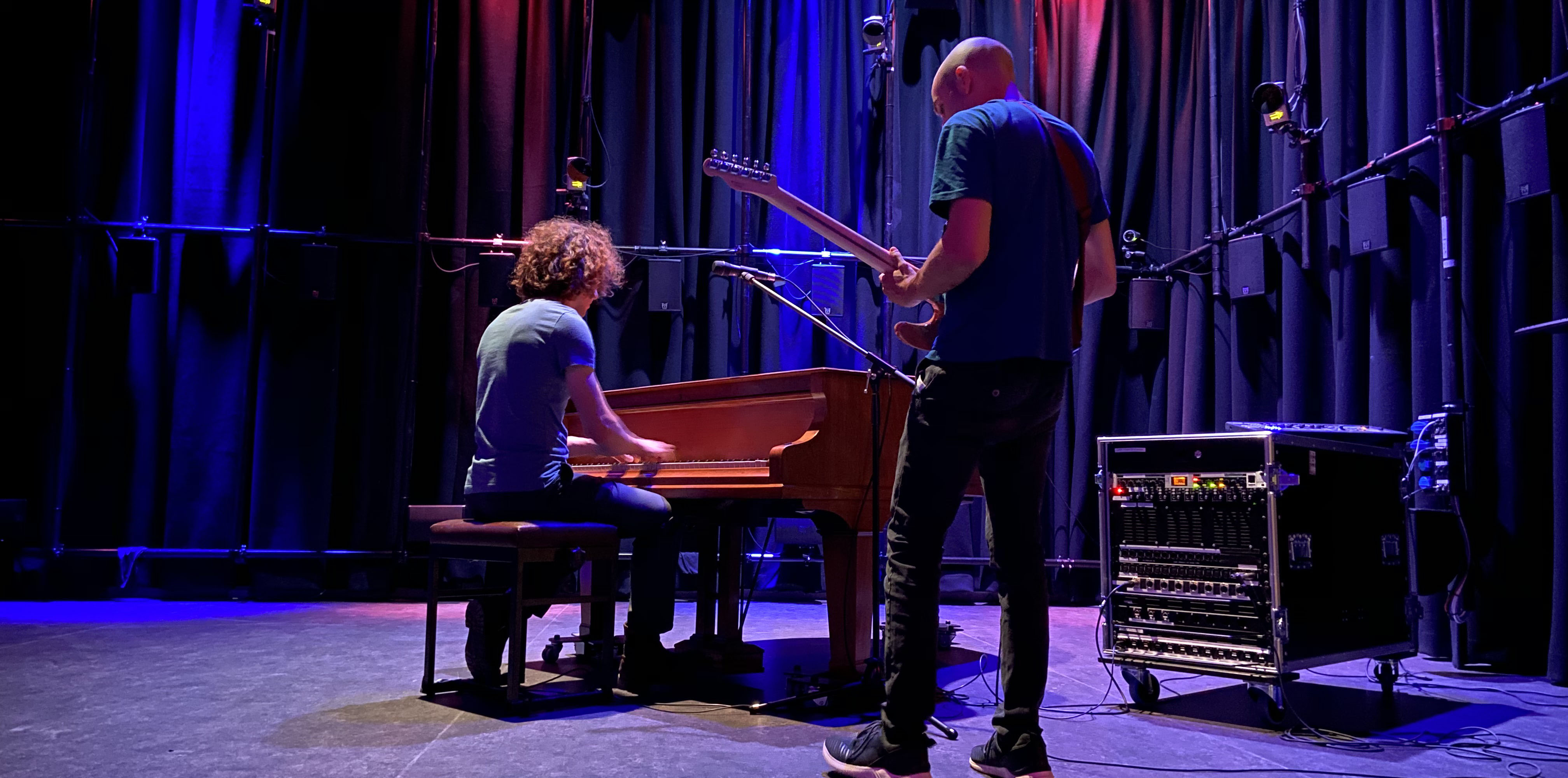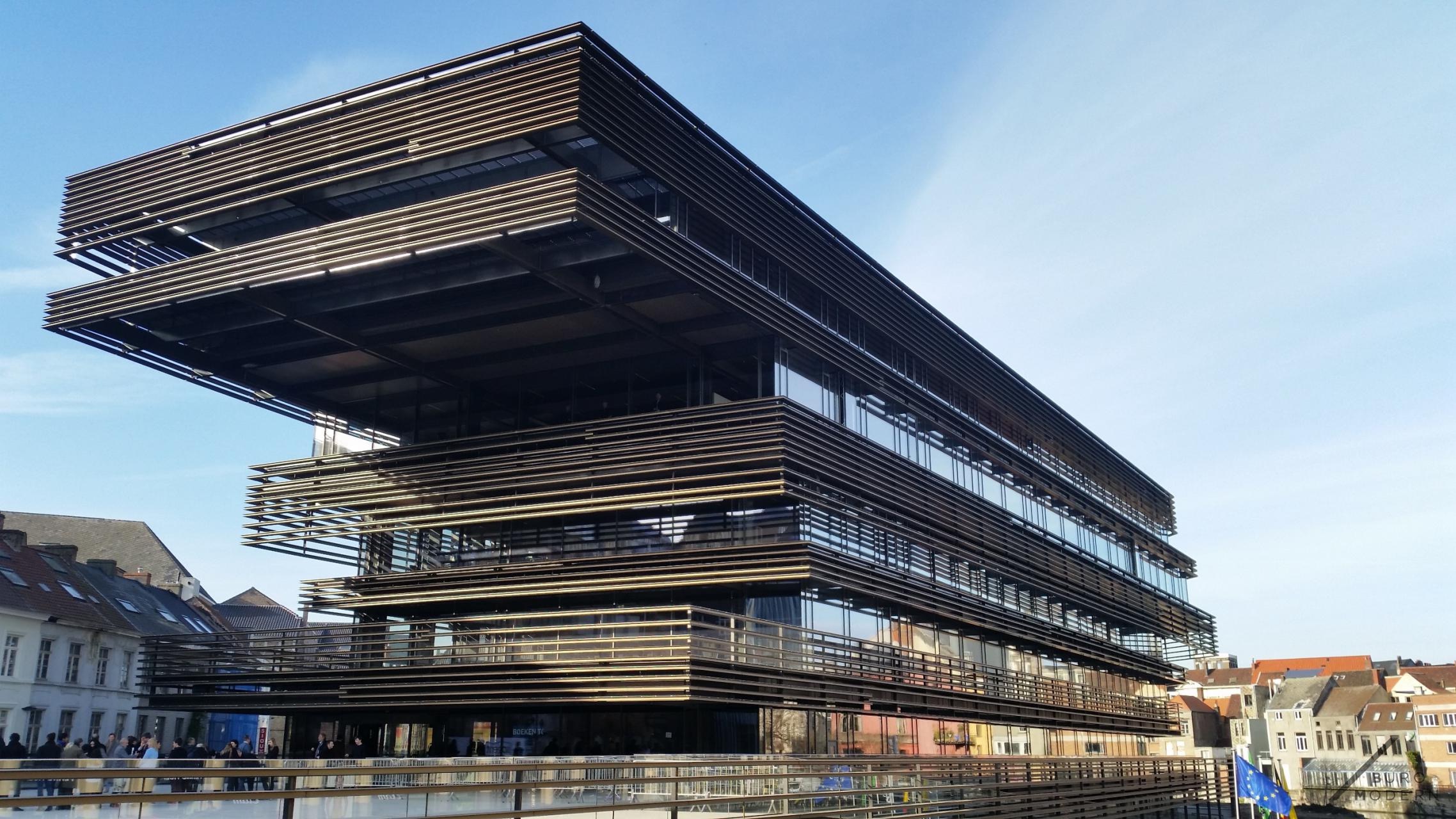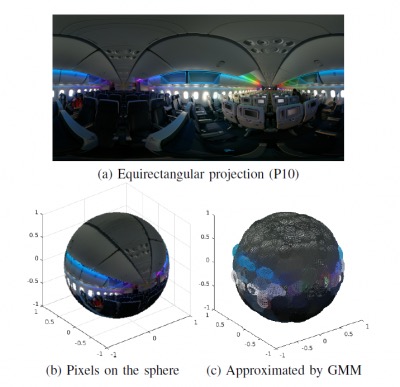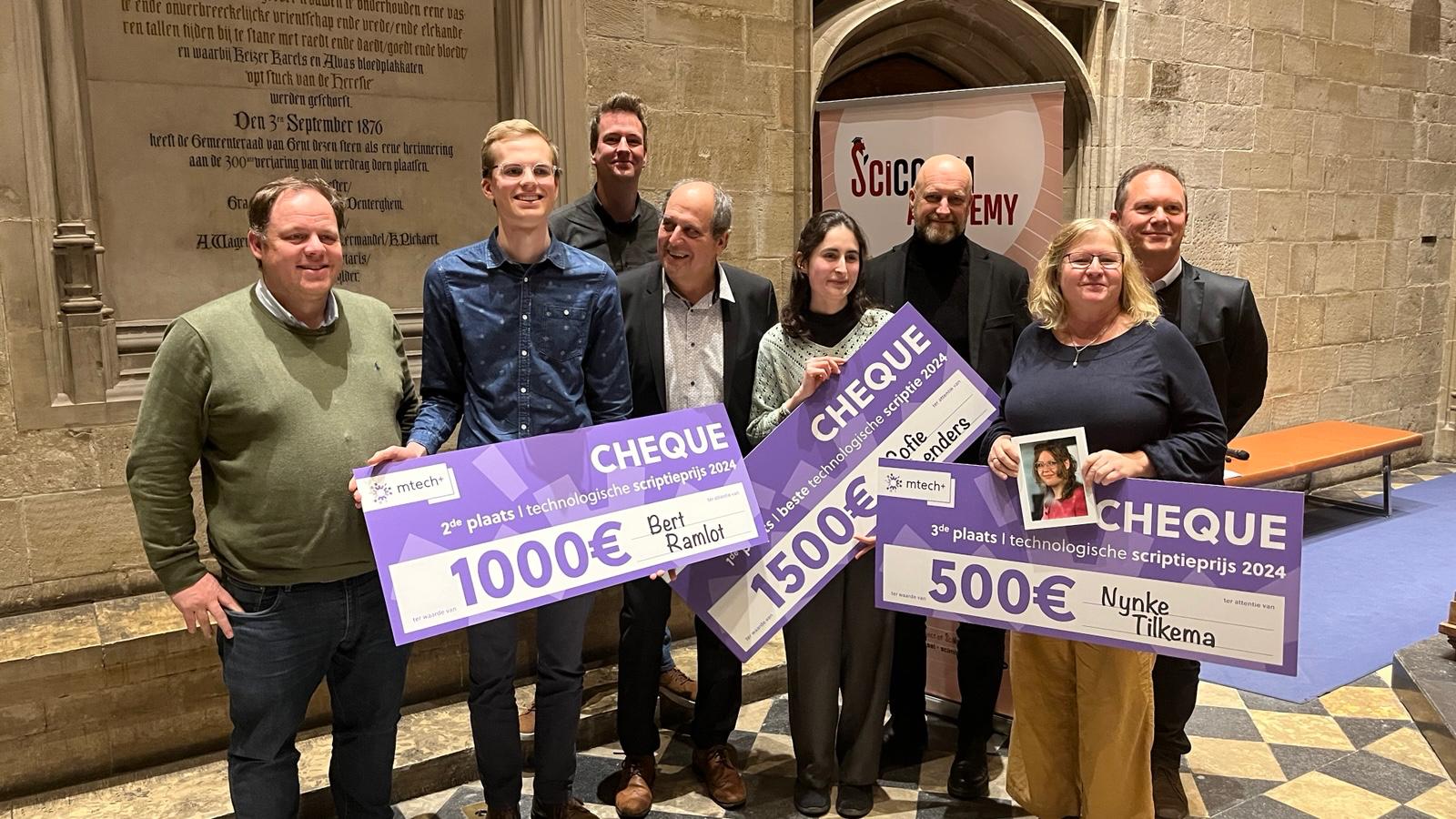The advent of numerous digital technologies, applications and devices has a profound impact on how people interact with each other, with their technological enhanced context, and with increasingly interactive content. Technological advances also create new interaction paradigms, or allow measuring interaction at unprecedented precision. This has led to an emerging field of interdisciplinary research that could be coined ‘interaction science’.
The Art and Science Interaction Lab is a highly modular research infrastructure aimed at interaction research. By leveraging a consortium of engineers, social scientists, psychologists and arts scientists, the ASIL offers a unique interdisciplinary approach focused on interaction and user-experience research. The ASIL consortium supports innovation in different key domains and focuses on conducting this research in virtualized environments, unraveling complex experiences in order to design and create novel applications, interfaces and interactions. The application domains span from smart home appliances, health, safety, smart public places to more artistic and creative applications.
The Art and Science Interaction Lab team aims to bring, test and measure next-gen audiovisual, creative and interactive experiences
It is the goal to establish a leading high-tech and top-notch research facility for interaction science. The lab must allow the development of next-gen technologies to capture and (re)create real-life environments into a controlled and immersive lab environment using VR/MR/AR paradigms, and perform ground breaking research targeting fundamentally new methodologies and tools to measure, analyze and model all interactions between users, content, technology and the context itself, in order to explore, better understand, enhance and even predict human interaction, experience and interpretation in a diversity of domains and disciplines.
The lab integrates 3D audio, immersive visualization facilities aiming at full 6DoF VR, accurate full-room multi-person full-body motion tracking, eye tracking and on-body biosensors, and an elaborate computing back-end with network provisioning for the integration of wireless wearables and IoT devices. Furthermore, the infrastructure has high-bandwidth fiber connections towards De Minard, Het Wintercircus and De Vooruit.

Related projects
The ASIL team
The Art and Science Interaction Lab (ASIL) team is an interdisciplinary consortium combining the expertise of three Ghent University research groups and has been co-funded under the medium-scale research infrastructure program governed by the Research Foundation Flanders (FWO). By combining expertise in humanities, engineering, psychology and social sciences, the ASIL became a one of its kind research facility. Moreover, the research tracks in the ASIL target both industry and academia to deliver a unique interdisciplinary approach in measuring, analyzing and creating our next-generation appliances, interfaces and experiences.
IDLab-MEDIA
The IDLab-MEDIA research team focuses on the representation, processing, compression and interactive delivery of emerging visual media formats. These formats are drastically evolving beyond traditional 2D images or video, such as 360° video, multi-view stereo/3D video, Augmented or Virtual Reality (AR/VR), Light Fields, or holography. Next to the obvious but significant increase in data rates, these formats are posing significant challenges with respect to data dimensionality and interactivity demands:
- Dimensionality. Whereas traditional video data has 3 dimensions, the full plenoptic function has 6. Current (traditional) compression techniques do not scale with dimensionality and are unable to efficiently exploit the redundancies at hand. Even for multi-view video (only 4D), current video coding techniques are inadequate. Radically new techniques are necessary in order to achieve an efficient sparse representation for high-dimensional visual data.
- Interactivity demands. When data volumes increase beyond the physical limits of rendering and transmission systems/hardware (e.g., memory, computing power, bandwidth), interactivity becomes problematic. As such, appropriate (scalable) data representations are required that offer features such as regions of interest, random access, and level of detail. On top of that, networked environments pose additional challenges related to bandwidth and low-delay processing.
IPEM
IPEM is a research center in systematic musicology at Ghent University and has a long successful history in innovation in the arts. The center’s focus today is on embodied music cognition and expressive interaction with music. Interdisciplinary methods are developed based on music theory, performer-inspired analysis, advanced behavioral and neuroscience empirical experimentation, statistics and computer modelling. At IPEM, music-based feedback systems are created for applications in domains such as music education, rehabilitation, sports activities, and arts.
IPEM’s ASIL activities lie in immersive and interactive environments with 3D sound, connected and spatialized concerts with innovative performers and audience setups, the notion of wellbeing for the creation of the interactive tools, experiments investigating body-music synchronisations between people, investigating existing and new forms of interaction.
MICT
mict is an interdisciplinary research group of imec and UGent, consisting of a highly motivated team of researchers combining human and technological expertise, with a background in communication, psychology, sociology, engineering and design. Mict builds bridges between technology, people and society by studying their intertwined relationships to tackle the current evolution towards a sustainable digital society. This by looking at shifting interfaces (from analogue to digital) and studying their interactions, impact and insights.
- Interactions: focus on state-of-the-art methods using dedicated research labs and prototypes for real-life testing, focusing on observation, co-creation and interaction design in order to optimize human-technology interactions,
- Impact: the use of theoretical frameworks from social sciences for evidence-based results, focusing on motivational, behavioral change and experience research to maximize effectiveness and adoption,
- Insights: evaluation and exposition of tension fields between data, privacy and ethics at governmental and industrial level, to advice policy and decision makers.
Mict provides scientific insights on how people interact with technology and co-creates the future technologies for the people of tomorrow. For this, mict applies a broad toolset to study what people say (through online/offline surveys and interviews), what people do (by observing via data logging and field monitoring) and feel (by measuring and analyzing physiological data).








